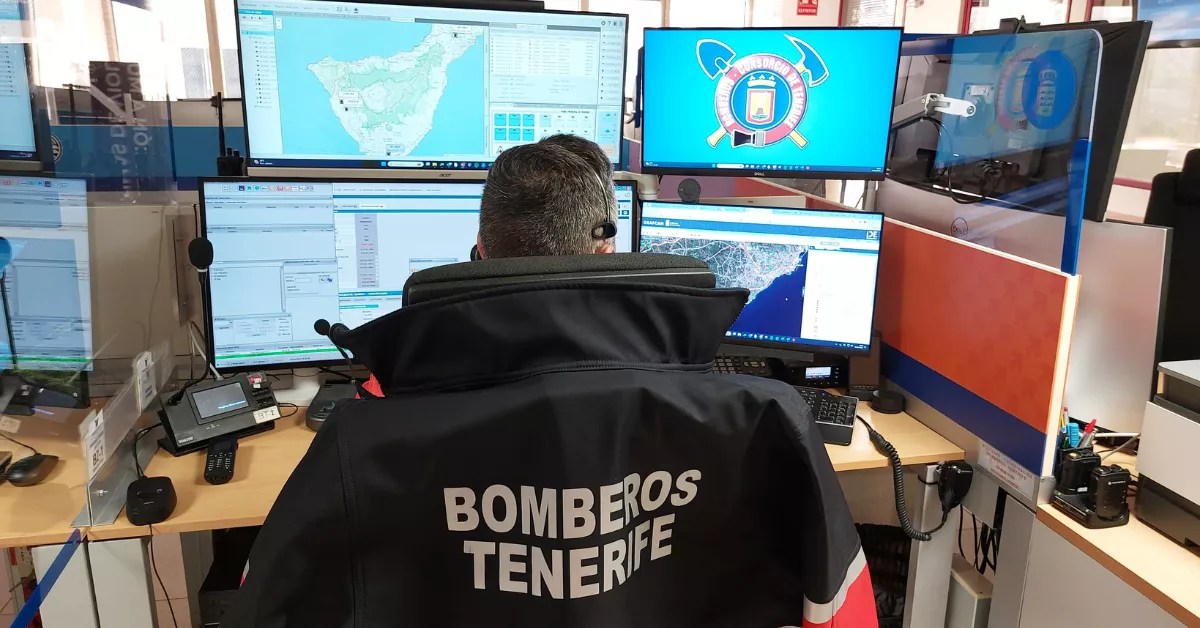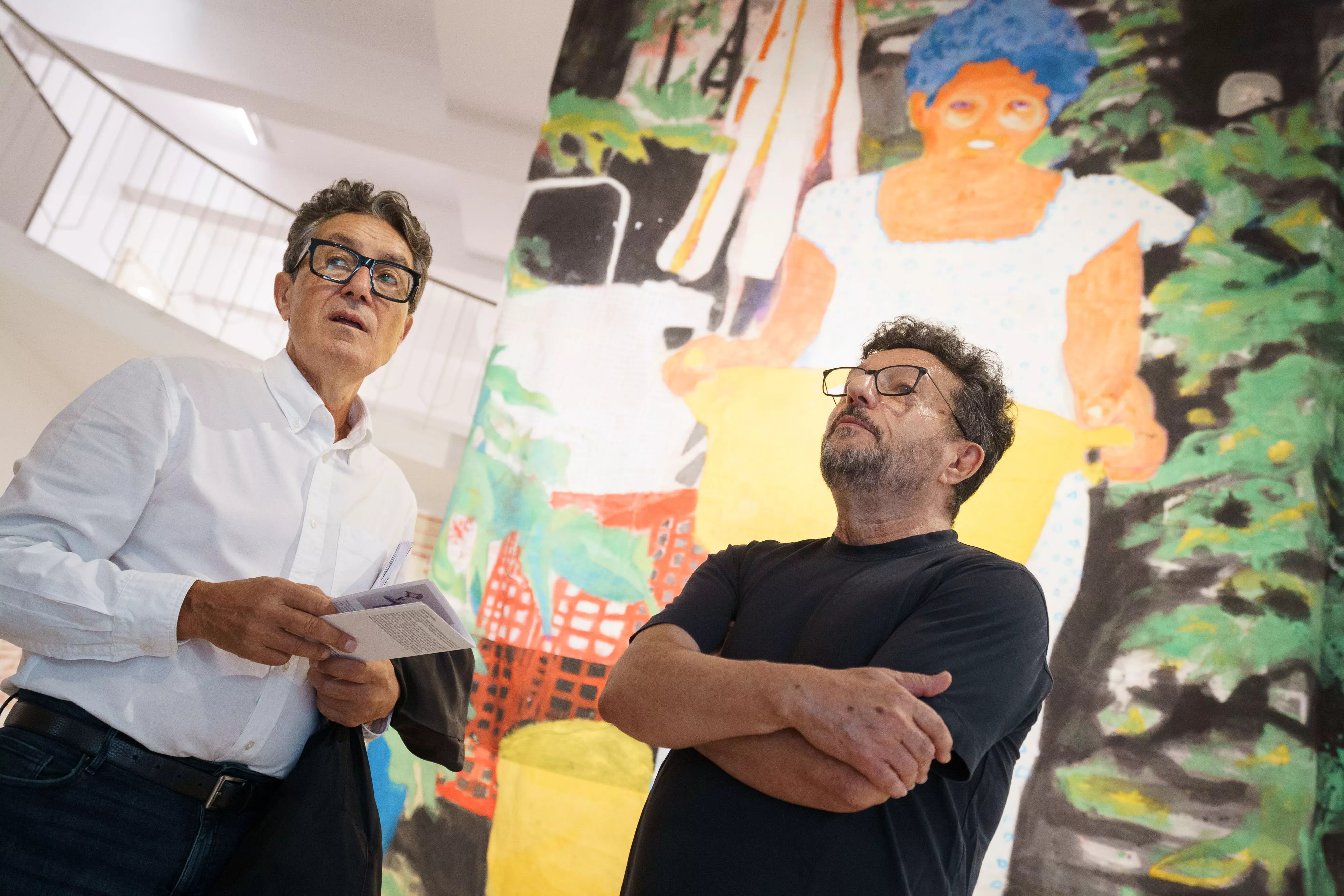
SANTA CRUZ DE TENERIFE, 21st March (EUROPA PRESS) –
The Public Services department of the Santa Cruz de Tenerife Municipal Council showcased the controlled flight of ‘Chip’, a Harris falcon, in the vicinity of Plaza de España on Thursday with the aim of deterring pigeons and preventing the deterioration of the city’s heritage and public health issues.
This method complements the use of cages and nets to control the pigeon population, which will now be implemented in various areas of the city in a controlled manner.
Carlos Tarife, the Public Services Councillor, stated in a release that “through the pest control contract, around 700 to 1,000 pigeons were captured monthly using cages. This action will now be enhanced by the presence of this magnificent predator, causing the pigeons to sense its presence and vacate certain areas.
The mayor highlighted that “the objective is twofold – to prevent the spread of diseases that can be transmitted by pigeons and to safeguard the historical heritage.” He mentioned that “the Public Services department frequently receives complaints from residents living near historic buildings, allowing for the implementation of such innovative and respectful initiatives, similar to those found in airports and cities like Madrid.”
“We are faced with a pigeon infestation issue, which is why we have amended the Municipal Ordinance regulating the Protection and Ownership of Animals. We impose fines of up to €1,500 on individuals who feed these birds and invest resources in shooing them away. We will continue along this path to preserve our environment,” explained Tarife.
Sergio Contreras, the manager of Fénix, a bird control company responsible for managing pigeon infestations in Santa Cruz, elaborated that “these controlled flights occur in strategic locations such as Plaza de España or García Sanabria Park and other sites based on pigeon activity levels. This creates a conditioned response, instilling a sense of unease in them, discouraging reproduction and habitation in these areas.”
He also detailed that “these birds undergo specialised training using falconry techniques and are not released freely. This practice is always complemented by other methods such as trapping cages, net installations, and birth control.”
The Municipal Council clarified that no elements or substances harmful to animal welfare are utilised in this natural approach. Additionally, a locator is employed to retrieve the bird in case it goes astray.
















